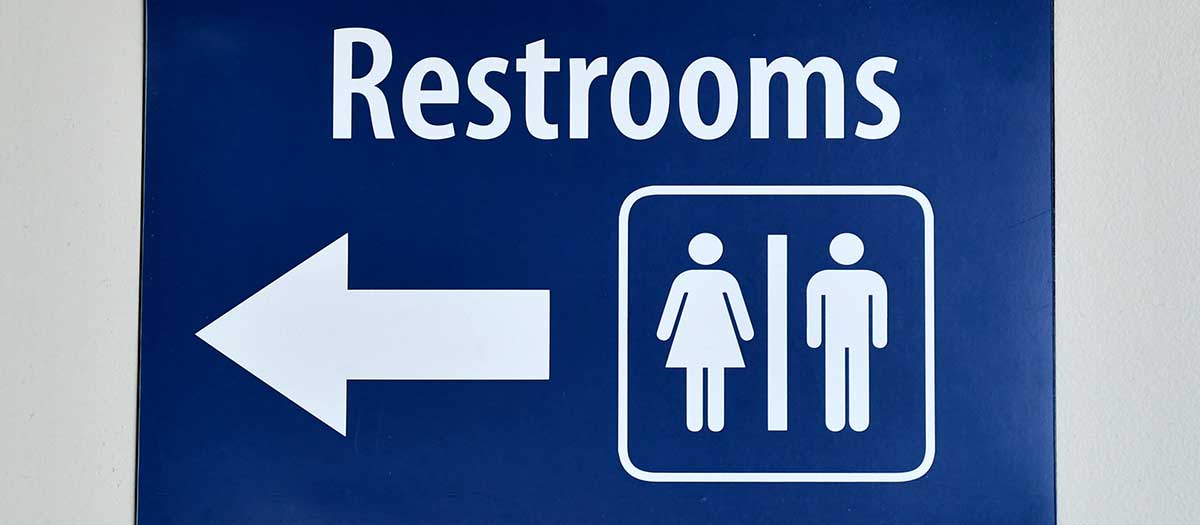If Your Answer is Yes…
You may be experiencing increased urinary frequency and urgency causing you to deal with discomfort, annoyance, and inconvenience. There are several reasons that may be contributing factors.
BLADDER IRRITANTS
The first reason can be from consuming bladder irritants. Bladder irritants are substances that you consume (food and or drink) that irritate your bladder. When your bladder is irritated, it wants to empty the contents as quickly as possible. This can appear as urinary frequency and urgency to use the restroom. The most common bladder irritants are:
- Coffee
- Tea
- Carbonated drinks (even without caffeine)
- Alcohol
- Acidic fruits (oranges, grapefruit, lemon and tomato- based products)
- Spicy foods
- Chocolate
Making lifestyle modifications such as the elimination of bladder irritants and increase your water consumption can help decrease the need to urgency use the restroom. Not everyone has bladder irritants. The best way to determine if a substance is irritating your bladder is to eliminate it from your diet for approximately a week and then add it back into your diet. If you have the same response then you can assume that the substance is a bladder irritant for you. Once you determine your personal bladder irritants, you want to monitor when you consume them. Refrain from consuming them when bathrooms are not readily available. Remember that bladder irritants are individualized and not the same for everyone and can change as we age.
CONSUMING LIQUIDS TOO QUICKLY
Another factor contributing to urinary frequency and urgency is the amount and speed at which you consume liquids. The more liquid you consume the more frequently you will need to urinate. The normal urinary frequency during the day is 5- 8 times. If you are exercising or in a hot environment, drinking more fluids is appropriate but you do not have to drink them all at once. Drinking too much and to quickly can give you a strong sense of urgency to void because it can overwhelm your bladder. Consider drinking smaller amounts at once and space your liquids out throughout the day. Consume 12-16 ounces of liquid with meals and then another 8-10 ounces between those meals.
Also keep in mind that the type of liquid you consume is going to influence your frequency. If night time frequency is an issue for you, then consider drinking more of your fluids in the morning compared to the evening time. Avoid consuming bladder irritants especially in the evening. Consider stopping liquids 2 hours prior to bed.
NOT ENOUGH FLUID
Ironically, in opposition to drinking too much, too quickly, too little fluid can contribute to urinary frequency and urgency. When you do not drink enough fluid your body waste products build up in your urine. Your urine can be concentrated giving it a dark yellow appearance and may have a strong odor to it. This highly concentrated urine can also lead to irritation of your bladder creating increased frequency and urgency.
GENERAL BLADDER HABITS
Your general bladder habits can also be a contributing factor to your urinary frequency. It is not uncommon for people to urinate when they have the slightest urge to void. Sometimes this is out of convenience and other times it is out of fear of not being able to find a restroom or of having a urinary accident. After a while the habit of voiding at the slightest urge can start to reset your bladder perception of being full. Your bladder can start to send the signal of being “full” to your brain even though it is not full. This will give you the sensation that you must urinate. This may appear physically as an urge but when you void there is only a small amount.
Participating in a bladder training program can assist you with correcting your bladder habits. There are three basic steps to a program:
1. Identify Your Bladder Pattern
Keep a bladder diary noting every time you urinate, the level of urgency present with the urination and the amount of urine. Making a note of your fluid consumption can also be helpful.
2. Extend the Time Between Urinations
With the information you obtained from your bladder diary, determine the interval time between your restroom breaks. Normal interval is about 2-3 hours. Try to extend your time by 10-15 minutes. If you have a really strong urge to void you may need to start with 5 minute and progressively increase.
3. Stick to a Routine
When you increase the time between voiding try to stick to your routine or schedule. Try to only void when the urge is present. Try to avoid “just in case” urinating.
CONCLUSION
Making behavioral changes can take time. Be patient. If you feel that you are not having success then considering consulting a pelvic floor physical therapist. Pelvic floor therapists specialize in the pelvic floor muscles and urinary issues and may be able to provide additional strategies to decreased your urinary frequency and urgency.

Molly Mikles
PT, DPT
Clinic Director
Pelvic Floor Specialist




